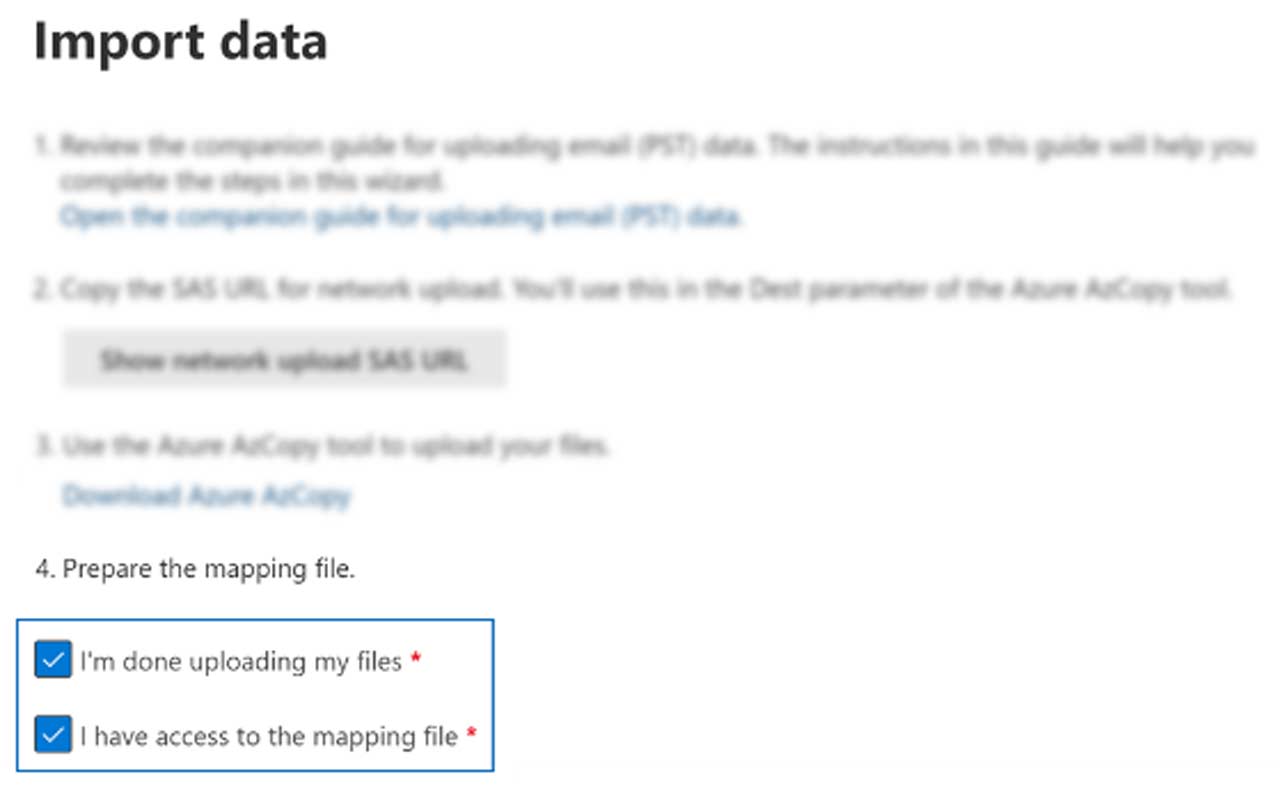
In the contemporary realm of software development, expeditiousness and quality are paramount. To ensure software adheres to the desired quality standards, testing plays a critical role. The advent of automation testing has revolutionized the software testing process, offering efficient and effective testing solutions. With automation testing, testers can automatically execute test cases, thereby minimizing manual testing time and effort.
Java is one of the most popular programming languages for automation testing due to its robustness, platform independence, and extensive testing frameworks. However, getting started with automation testing in Java can be overwhelming for beginners. This is where our step-by-step guide comes in.
This blog aims to provide a comprehensive guide to help you get started with automation testing in Java. It will cover the fundamental concepts of automation testing and Java. Also, it will walk you through the step-by-step process of configuring your environment, writing your inaugural automation test script, and executing it.
Understand the Basics of Automation
Automation testing has become a crucial aspect of software development. It has transformed how we test software. This innovative technology enhances testing accuracy and saves valuable time and resources. It is imperative to obtain a fundamental understanding of its principles before commencing automation testing.
Automated testing utilizes software tools to execute a predetermined set of tests on a software application. Automated testing utilizes specialized software tools to automate manual testing tasks. The principal advantage of automated testing is the significant reduction of human error. It also increased the efficiency and dependability of testing. Therefore, a fundamental comprehension of automation is critical, including selecting the appropriate tool, scripting test cases, and carrying out tests.
Choose a Suitable Testing Framework
Selecting a suitable testing framework is a paramount step in the journey of automation testing in Java. A robust testing framework renders a well-systematized and structured method to test automation. Choosing a suitable testing framework streamlines the automation process and diminishes the amount of code required. It also equips with a set of pre-built tools that can assist in executing tests and reporting results.
Java endows numerous testing frameworks, such as Playwright, JUnit, TestNG, and Selenium. Each framework offers unique features, advantages, and drawbacks. That is why it is of utmost importance to consider wisely the appropriate requirements of the project and the nature of the application under test. It is also essential to consider the capabilities and limitations of the framework before selecting the framework. Once you have gone deeply through the pros and cons of each framework, you can easily select the appropriate framework that best suits your requirements and enables you to achieve your automation testing goals effectively.
To leverage the true capability of automation testing with Java, using a cloud-based platform like LambdatTest is beneficial. It is one of the most used digital experience testing platforms that enhances your automation testing efforts with Java. LambdaTest allows you to access a large farm of 3000+ real browsers and OS for testing, which in turn helps you seamlessly work on Java-based web applications.
Being a cloud-based infrastructure, you can easily execute Java automation tests from anywhere. It also integrates with Java frameworks and tools like Selenium, TestNG, JUnit, and Cucumber. With Lambdatest, you can scale your automation testing infrastructure based on your needs. You can also track the progress of your Java automation tests, identify trends, and make data-driven decisions to improve the quality of your applications.
Set Up your Java Environment
Setting up the Java environment is of utmost importance in kick-starting your Java automation testing journey. It is essential to ensure that the work environment is stable and reliable before writing the automation scripts. This process entangles installing the latest version of Java Development Kit (JDK) and configuring it to work with the chosen Integrated Development Environment (IDE).
Along with Java Development Kit (JDK), developers also ought to install and configure a build automation tool like Apache Maven or Gradle. These tools assist developers to manage dependencies and build the project more efficiently.
Along with that, you also need to select an IDE that supports Java, like Eclipse or IntelliJ IDEA. These IDEs equip with a user-friendly interface that authorizes them to write, debug, and execute the automation tests effortlessly. Once the Java environment is set up, you are good to begin your first automation test. With this approach, dependable and efficient automation tests can be formed, which aid in identifying bugs and ensuring the software’s quality.
Create and Run Your first Test
The fourth step in this procedural guide involves generating and executing the first test. This is where all the hard work in the previous steps comes to fruition. Starting this phase necessitates a profound comprehension of the prerequisites, outline, and implementation of the test. It is imperative to have a test framework in place, such as JUnit or TestNG. This will help you in executing the test efficiently.
Once you are done with creating the test, you need to run it to ensure that it is functioning as envisioned. This step is of utmost importance as it assists in pinpointing any issues that may occur during the testing process. With the successful execution of your first test, you may proceed to more intricate scenarios and further enhance your proficiency in automation testing.
Write Reliable and Scalable Tests
The most paramount step in the process of automation testing is writing reliable and scalable tests. The main objective of this step is to guarantee that your created tests repeatedly run with consistent results. To achieve this, developers need to write test cases that are steadfast and can pinpoint bugs or issues swiftly. For this, the developer needs to have a comprehensive understanding of the system that is being tested. The process also requires in-depth acquaintance with the testing tools and frameworks being used.
Another significant aspect to ensure in the testing regime is scalability. This means that the test script should handle large sets of data and workloads without any issues. Scalability in testing can be achieved by keeping the test cases modular and assuring that they can regulate a variety of inputs and outputs. By writing reliable and scalable tests, developers can assure that the automation testing is efficient, effective, and reliable.
Integrate with your CI/CD Pipeline
Incorporating automation testing with the Continuous Integration/Continuous Delivery pipeline plays a paramount role in confirming that the software development and delivery processes run smoothly. By integrating automation testing with the pipeline, developers can automate the testing process and facilitate continuous testing. This process assists in detecting bugs and issues prematurely in the development process.
Executing automated tests accompanying the build and deployment process authorizes snappy feedback loops. It also diminishes the need for manual testing, which can often be time-consuming and prone to human error.
Monitor and Report Test Results
The last step of the automation testing procedure entails monitoring and reporting the test outcomes. This stage holds paramount importance as it aids in identifying defects and enhancing the overall quality of the application. To monitor the test outcomes, it is essential to possess a clearly defined test report.
A comprehensive test report must encompass thorough details regarding the test cases performed, the quantity of successful and unsuccessful test cases, the duration of the execution process, and the test environment employed. The report must further entail all glitches detected during the testing phase, along with their respective levels of severity and step-by-step procedures to recreate them.
Moreover, it is imperative to disseminate the test report to all pertinent stakeholders, encompassing developers, testers, project managers, and clients. This will ensure that all parties are cognizant of the test outcomes and can undertake requisite measures. By adhering to these protocols, we can guarantee that the automation testing procedure is efficacious and that the application is furnished with superior quality.
Continuously Improve your Automation
Continuous improvement is a paramount component of successful automation testing. As requirements alter and new features are added, the automation suite must be updated to accommodate these changes. To achieve this, it is vital to regularly review and assess the current suite to pinpoint areas for improvement. This can incorporate determinating redundant or unnecessary tests, optimizing test execution time, and enhancing test coverage.
Feedback from the development team and end-users can furnish valuable insights into areas that require improvement. By continuously improving the automation suite, developers can guarantee that the testing efforts remain pertinent and efficacious and that the software fulfills the evolving requirements of the end users.
Conclusion
Automation testing in Java is a fundamental and critical aspect of software development. This aspect can enormously improve the productivity and performance of your team and your organization. Performing automation testing in Java is important in improving the efficiency and accuracy of the test process. This allows you to automate repetitive and time-consuming test scenarios that bring consistency to the test and maintain the quality of the software application. Following this step-by-step guide implement automation testing in your projects and heighten the efficiency and accuracy of your software testing process.








